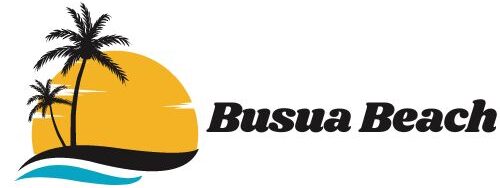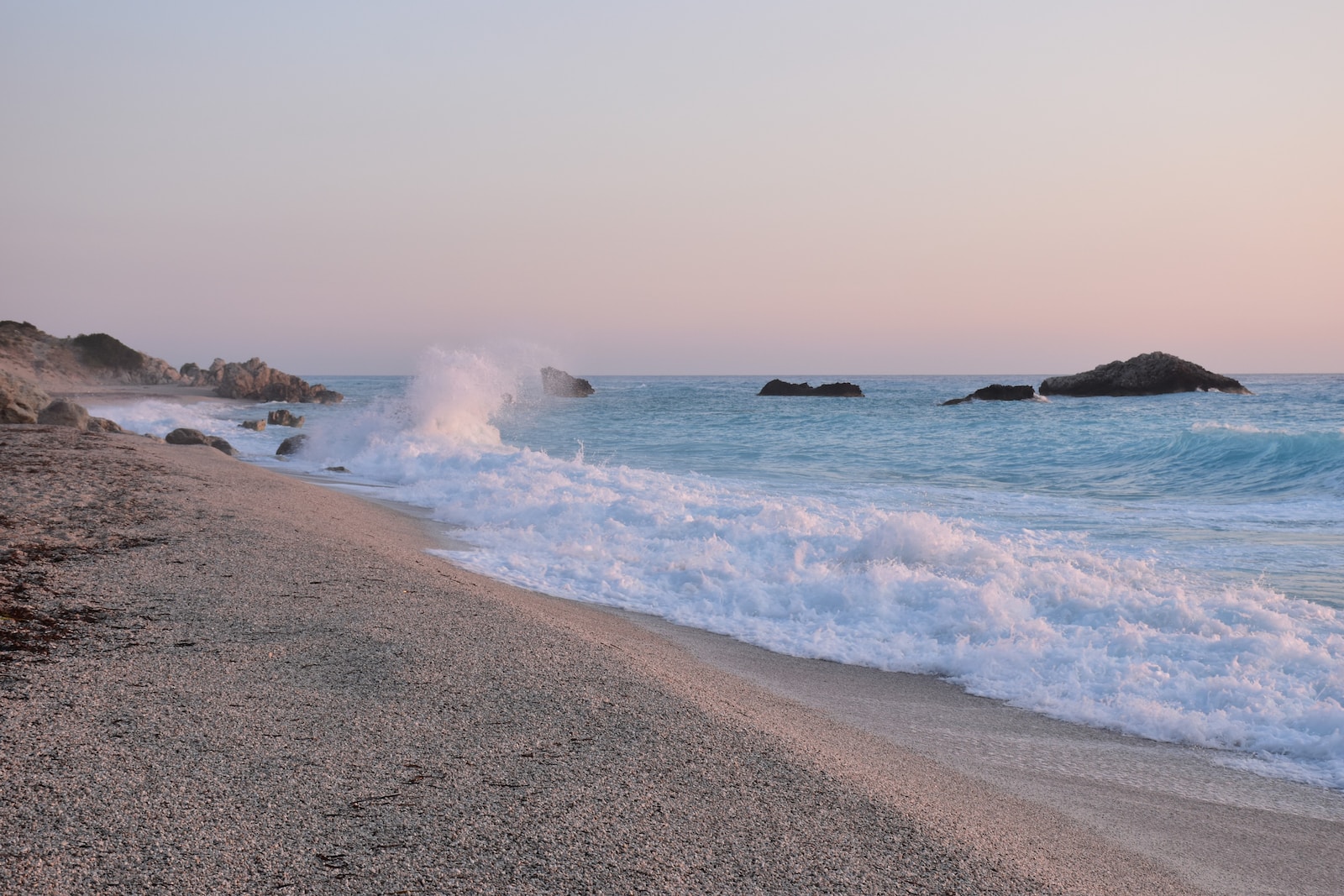Miami Beach, located in Florida, is known for its beautiful beaches and vibrant atmosphere. However, it is not particularly known for big waves.
The waves on Miami Beach tend to be smaller and gentler, making it an ideal destination for swimming and relaxing.
If you are interested in surfing, you might find some spots in Miami Beach with slightly larger waves, but generally, the area is not a top surfing destination.
For more consistent and larger waves, you may consider visiting other Florida locations, such as the Atlantic coast near Cocoa Beach or New Smyrna Beach.
The surf conditions in Miami Beach are characterized by an average 2-foot waves, which appear choppy due to the current conditions prevailing in the area.
Overall, Miami Beach is not known for its big waves compared to other popular surfing destinations.
The waves are generally smaller and more suitable for swimming and recreational activities than surfing.
Understanding The Wave Dynamics In Miami Beach
The wave dynamics in Miami Beach are influenced by various factors, including weather patterns, offshore bathymetry, and natural or man-made structures.
Weather Patterns
The size and strength of waves in Miami Beach are largely determined by weather conditions, especially wind patterns.
Stronger winds can generate larger waves, while calm or offshore winds tend to result in smaller waves.
Tropical storms and hurricanes can also produce larger waves but are relatively infrequent events.
Offshore Bathymetry
The underwater topography or bathymetry plays a role in wave formation and transformation. Miami Beach has a relatively gentle slope offshore, meaning the waves tend to break farther out and lose energy when they reach the shore.
This results in smaller waves compared to areas with steeper offshore bathymetry.
Coastal Structures
The presence of natural and man-made structures can also affect wave dynamics.
Miami Beach has a series of artificial sandbars and jetties designed to mitigate erosion and protect the coastline.
These structures can alter wave patterns by causing wave refraction, diffraction, or reflection. In some cases, they may even enhance wave height and create localized surf spots.
Popular Surf Spots for Bigger Waves in Miami Beach
While Miami Beach is not known for consistently big waves, a few popular surf spots in the area can occasionally offer larger waves under the right conditions.
Here are some of the spots to consider:
South Beach
South Beach is the most famous and popular beach in Miami Beach.
While the waves are generally smaller, during periods of higher surf or when swells are present, South Beach can produce rideable waves, especially near the jetties and groins.
However, it’s important to note that South Beach is primarily a tourist destination and is not known as a consistent surf spot.
Haulover Beach
Located just north of Miami Beach, Haulover Beach Park features a designated surfing area. While the waves are typically smaller, Haulover can occasionally experience larger waves during increased surf activity or when swells make their way to the area.
It’s worth checking surf reports and forecasts before heading to Haulover Beach.
Virginia Key
Virginia Key is a barrier island south of Miami Beach. It offers a few spots that can provide slightly larger waves than Miami Beach.
The area near the Virginia Key Outdoor Center is known for attracting surfers when wave conditions are favorable.
Key Biscayne
Key Biscayne, located south of Miami Beach, has a few spots that can occasionally produce bigger waves.
Crandon Park Beach and the areas around the Cape Florida Lighthouse can provide slightly larger surf than Miami Beach, especially during periods of increased wave activity.
Can I Go Surfing In Miami Beach?
While Miami Beach is not a top surfing destination, there are some spots where you can surf, especially during higher surf conditions.
Haulover Beach and certain Virginia Key and Key Biscayne areas may offer rideable waves under the right circumstances.
However, it’s important to note that these spots do not consistently provide big waves like renowned surfing locations.
When Is The Best Time To Find Bigger Waves In Miami Beach?
The best chances of encountering bigger waves in Miami Beach are typically during the Atlantic hurricane season, from June to November, when tropical storms or hurricanes may generate larger swells.
Additionally, winter months may occasionally increase wave activity due to cold fronts and winter storms.
Are There Any Specific Areas In Miami Beach Known For Bigger Waves?
Miami Beach is not generally known for big waves suitable for activities like surfing. The Atlantic Ocean along the coast of Miami Beach typically has relatively calm and small waves.
The beach is more popular for swimming, sunbathing, and other water activities that do not require significant wave action.
If you are specifically looking for bigger waves or want to experience more suitable conditions for surfing, you may need to explore other parts of Florida, such as Cocoa Beach, New Smyrna Beach, Clearwater Beach or St. Pete Beach.
Can Beginners Surf In Miami Beach?
Miami Beach can be suitable for beginner surfers due to its smaller waves.
However, it’s important to note that surfing conditions can vary, and beginners should prioritize safety and take lessons or surf with experienced individuals.
It’s also advisable to consult with local surf schools or experienced surfers for guidance on appropriate spots and conditions for beginners.
Are There Any Safety Concerns When Surfing In Miami Beach?
While Miami Beach may not have consistently big waves, it’s essential to be aware of safety concerns when surfing.
Always check weather conditions and surf forecasts before heading out. Be mindful of local regulations, such as designated surfing areas or restrictions during certain times.
Watch out for rip currents, which can be present even with smaller waves, and be respectful of other beachgoers and swimmers.
Surfing with a buddy and having appropriate surfing equipment, including a leash and suitable board for the conditions, is also recommended.
Should I Visit Miami Beach Specifically For Surfing?
Miami Beach may not be the ideal destination if your primary goal is to surf and experience consistently bigger waves.
Other locations in Florida, such as the Atlantic coast near Cocoa Beach or New Smyrna Beach, are more renowned for their surf conditions.
However, if you’re visiting Miami Beach for its vibrant atmosphere, beautiful beaches, and various recreational activities, you can still enjoy occasional surf opportunities during favorable conditions.

